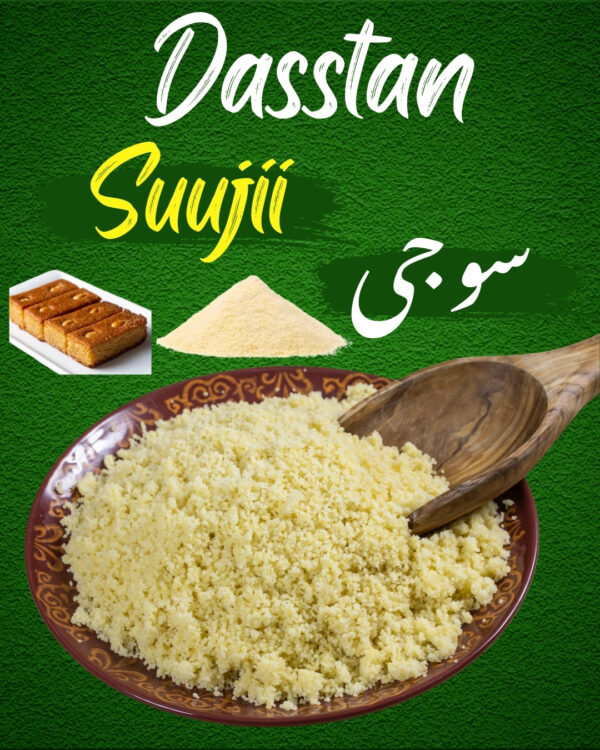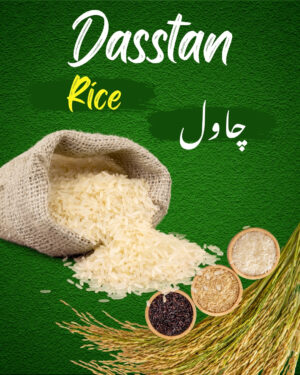Description
What makes Semolina (Suji) special?
- Versatile Ingredient: Semolina’s coarse texture makes it incredibly adaptable. It can be used to create dishes like pasta, couscous, polenta, puddings, cakes, and breads. It absorbs liquids readily, allowing for a range of textures from light and airy to dense and creamy.
- Nutritious: Semolina is a good source of carbohydrates, providing energy. It also contains some protein, fiber, and B vitamins. (Note: Mention any specific nutritional benefits or variations of semolina, such as whole wheat semolina, if applicable.)
- Unique Texture: The coarse granules of semolina add a delightful bite and mouthfeel to dishes. This texture distinguishes it from other flours and contributes to the unique character of semolina-based foods.
- Easy to Digest (Generally): While a wheat product, semolina is often considered easier to digest than some other wheat flours due to its processing. (Note: Mention any specific dietary considerations or gluten content if relevant.)
- Globally Used: Semolina is a staple in various cuisines, including Italian (pasta), North African and Middle Eastern (couscous), Indian (sooji/rava), and many others.
Common Dishes Made with Semolina:
- Pasta: Many types of pasta, particularly dried pasta, are made from semolina.
- Couscous: Tiny steamed granules of semolina, a staple food in North Africa and the Middle East.
- Polenta: A creamy cornmeal dish, but semolina can also be used to create a similar texture.
- Halwa (India/Pakistan): A sweet pudding made with semolina, sugar, and ghee (clarified butter), often flavored with cardamom and nuts.
- Upma (South India): A savory breakfast dish made with semolina, vegetables, and spices.
- Gnocchi (Italy): Small dumplings, sometimes made with semolina in addition to potato.








Reviews
There are no reviews yet.